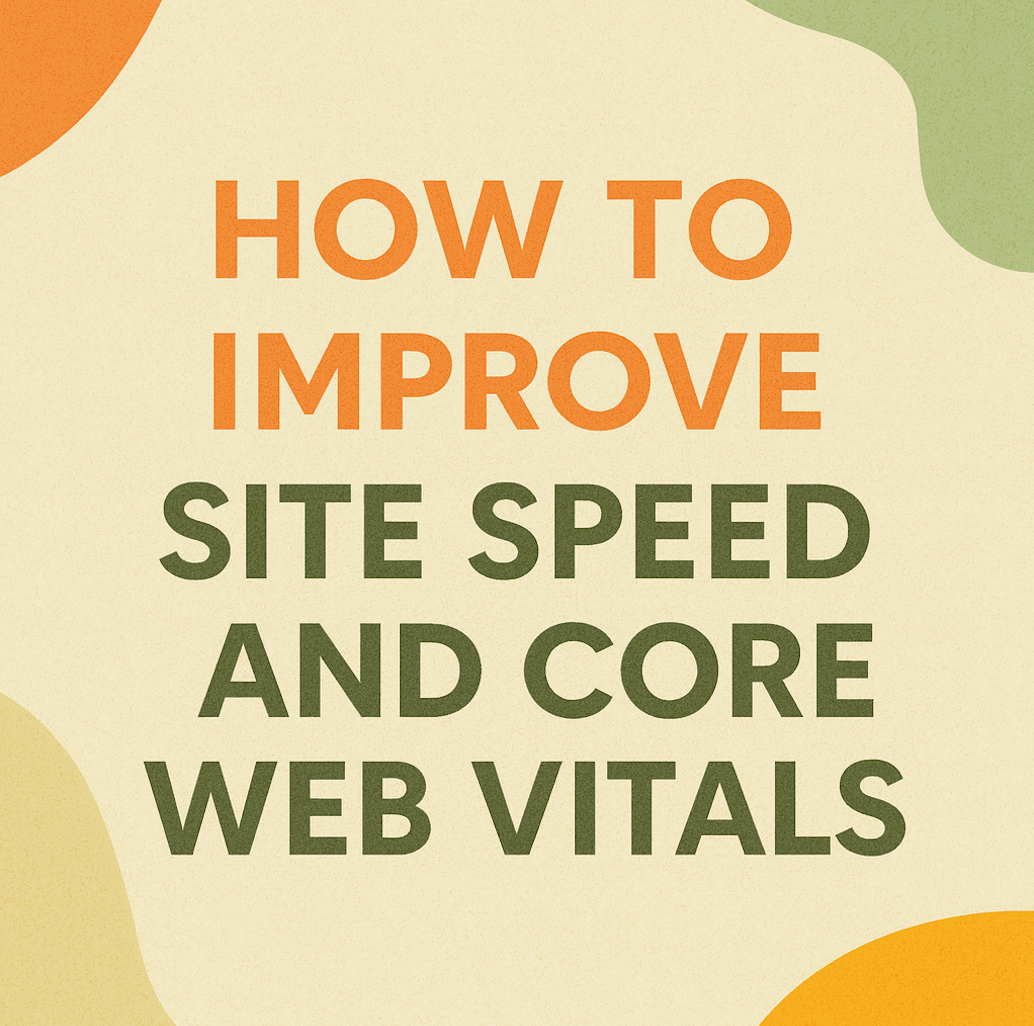
Website Performance & Optimization Insights
I analyze how design, code, and user experience impact overall site performance. I measure time-to-interact, visual stability, and responsiveness to pinpoint friction. My optimization process creates faster, smoother websites that retain users and increase engagement.
What Is Website Performance Analysis?
Website performance analysis measures how efficiently your site loads, responds, and functions for real users. A fast, stable website not only improves user satisfaction but also strengthens SEO rankings and conversion rates. By examining speed metrics, server response, and user interaction data, this process identifies the technical and design factors that influence performance most.
Rather than focusing on numbers alone, performance analysis connects technical health to real-world outcomes—revealing how small fixes can improve engagement and revenue. Each assessment provides actionable insights that enhance speed, accessibility, and reliability across devices and browsers.
A strong performance optimization framework ensures your site runs smoothly, supports visibility in search, and delivers a seamless experience that keeps visitors engaged.
Ideal Clients for This Service:
Best for businesses aiming to improve load speed and site reliability
Perfect for agencies maintaining multi-site performance audits
Designed for eCommerce brands optimizing checkout and page responsiveness
Ideal for startups refining UX and technical infrastructure
Recommended for enterprises ensuring consistent performance at scale
 JEN CANNIZZO
PRESIDENT OF GROWTHOPEDIA
JEN CANNIZZO
PRESIDENT OF GROWTHOPEDIA
Education
- Westchester Community College
- University at Albany, SUNY
Statistics & Results
Frequently Asked Questions
How does website performance affect SEO and conversions?
What tools are used for website performance analysis?
How often should website performance be tested?
Can performance optimization improve eCommerce conversion rates?
What metrics determine website performance success?
Client Testimonials
How My Process Works
I benchmark your competitors’ keywords, backlinks, and content to uncover strengths and gaps.
I assess how competitors attract traffic and conversions to find replicable tactics.
I translate insights into strategies that improve your visibility and outperform rivals.
Track and visualize load speed, UX metrics, and Core Web Vitals across pages.
Benchmark technical and UX performance against competing websites.
Link performance data with conversion rates to identify friction and fix drop-offs.
Correlate site speed and visibility to keyword ranking performance.
Measure how landing page load speed influences paid ad quality scores.
Evaluate how technical health impacts organic visibility and engagement.
Assess how referral traffic from social campaigns performs on-site.
Explore website performance services that analyze speed, UX, and Core Web Vitals to improve engagement, rankings, and conversions.
Other Reporting & Analytics Services
Why Work with Me?
Experience That Scales: I’ve worked with organizations of all sizes, from large enterprises managing multimillion-dollar campaigns to small businesses building their first online presence. That range means I understand what moves the needle at every level—strategy, structure, and execution.
Data at the Core: Every recommendation I make is driven by real analytics, not guesswork. I integrate Google Analytics 4, Search Console, and SEMrush data into easy-to-read dashboards that reveal what’s working, what’s not, and how to improve performance fast.
End-to-End SEO Expertise: From technical audits and site migrations to keyword strategy, metadata, UX design, and content creation—I handle every piece needed to help your website rank higher and convert better.
No Agencies. No Middle Layers: You work directly with me. That means clear communication, faster turnarounds, and strategies tailored to your business—not cookie-cutter templates.
Proven Results. Real Growth: I’ve helped enterprise brands clean up complex SEO ecosystems and guided local businesses to dominate their markets. The approach is simple: use data, focus on intent, and create content that converts.
Related Blog Articles
BRANDS I’VE WORKED WITH














